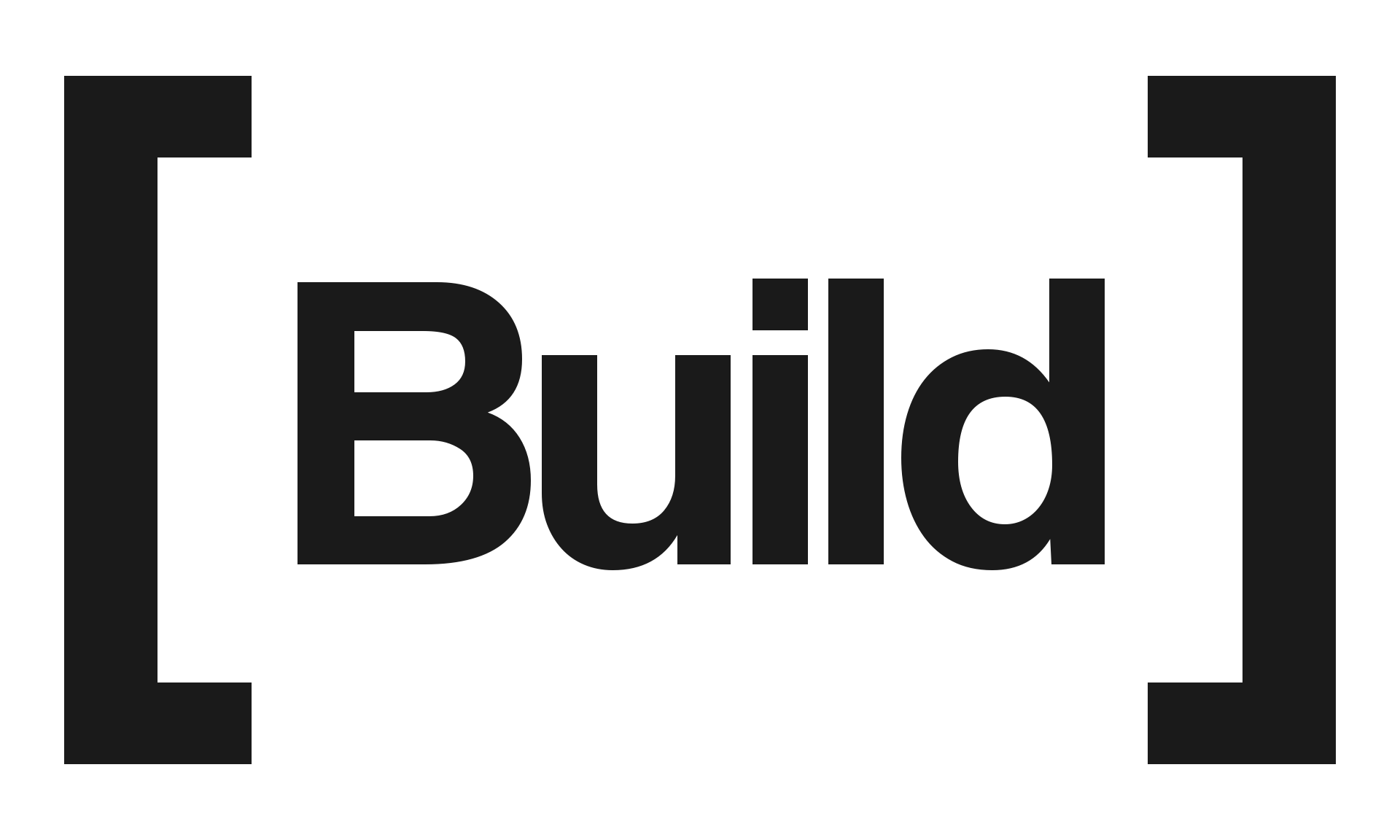Website Development Costs Capitalization: A Guide for Businesses

In today’s digital world, a professional website is a cornerstone of any business. But beyond the design and functionality, there’s an important accounting aspect to consider: how to treat website development costs. Should these costs be expensed immediately, or should they be capitalized? Capitalizing website development costs can have significant financial and tax implications, making it crucial to understand the accounting rules and best practices. In this post, we’ll walk through the basics of website development costs capitalization, from initial planning to ongoing updates.
What Is Capitalization of Website Development Costs?
Capitalization, in accounting terms, means recording a cost as an asset on the balance sheet rather than an expense on the income statement. This approach recognizes that certain costs contribute to future economic benefits and should be spread over time as the asset generates revenue.
When it comes to websites, companies often face the choice of whether to capitalize or expense development costs. Generally, expenses are recorded immediately in the period they’re incurred, while capitalized costs are amortized over the useful life of the asset.
Understanding the Phases of Website Development Costs
The capitalization of website development costs generally depends on the development phase. Each phase has its own set of accounting guidelines, based on the purpose of the expenses and their expected benefit to the business.
1. Planning Stage
- During the planning or preliminary project phase, businesses define the website’s purpose, target audience, and functionality. Common costs at this stage include feasibility studies, needs assessments, and planning meetings.
- Accounting Treatment: Costs in this phase are typically expensed as incurred. Since they’re primarily related to research and planning, they don’t qualify as assets under Generally Accepted Accounting Principles (GAAP).
2. Application and Infrastructure Development Stage
- This phase involves the actual development of the website, such as coding, designing, and testing. Expenditures can include software and coding costs, graphic design, and website architecture.
- Accounting Treatment: Under GAAP, costs during this phase can often be capitalized if they meet specific criteria. Capitalization is generally allowed when:
- The costs result in a functional asset that will provide future economic benefits.
- The asset is intended for long-term use.
- Costs associated with the functionality and infrastructure, like coding and installation of necessary software, are generally capitalized and amortized over the useful life of the website.
3. Graphics and Content Development Stage
- This phase includes creating graphics, uploading content, and incorporating media or interactive features. Whether costs in this stage are capitalized depends on the purpose and longevity of the materials.
- Accounting Treatment: Content that requires continuous updates (e.g., blog posts, news articles) is usually expensed. However, more permanent aspects of the website (like the layout or interactive tools) may be capitalized, as they contribute to the long-term usability of the website.
4. Post-Launch Operations and Maintenance Stage
- Once the website is live, ongoing costs can include hosting, security, and software updates. Additionally, businesses may invest in upgrades and optimizations.
- Accounting Treatment: Routine maintenance, minor updates, and hosting costs are typically expensed as incurred. However, substantial enhancements or improvements that add new functionality or extend the website’s useful life may be capitalized.

Need Help Getting Your Startup's Accounting and Taxes Streamlined, Simplified, and Headache-Free?
Schedule a Free Consultation Today
Capitalization Guidelines and Amortization
For website costs that qualify for capitalization, they are recorded as assets on the balance sheet and then amortized over the website’s useful life. Generally, the useful life of a website is considered to be around 3 to 5 years, though this may vary depending on the website’s nature and the company’s policies.
Amortization is done using a straight-line method, spreading the cost evenly over the asset’s useful life. For example, if you capitalize $30,000 in development costs with a useful life of 3 years, you would recognize $10,000 in amortization expense annually.
Common Challenges and Best Practices
Capitalizing website development costs can offer tax deferral benefits and improve the appearance of financial statements by reducing short-term expenses. However, there are a few challenges to keep in mind:
- Distinguishing between Capital and Expense: Carefully track each cost category, as incorrect classification can lead to financial statement errors and tax issues.
- Documentation and Record-Keeping: Maintain detailed records of project phases, costs, and justifications for capitalization. This helps in audits and ensures compliance.
- Periodic Review of Capitalized Costs: Periodically assess capitalized website costs to determine if the useful life estimate remains accurate or if any assets need impairment.
Final Thoughts
Capitalizing website development costs can be a strategic move for businesses, especially when building a website with enduring functionality and value. However, companies should carefully follow GAAP guidelines and consult with accounting professionals to ensure accurate classification, amortization, and compliance with tax regulations.
A well-capitalized website can enhance your financial position and support long-term growth, making it worth the effort to account for development costs accurately. Whether you’re a startup building your first site or an established business upgrading your digital presence, understanding website capitalization will help you make the most of your investment.
Like this Content and Want More Like it?
Sign up for helpful tips to reduce your taxes, receive tax deadline reminders, and get free resources, guidance, and walkthroughs sent right to your email.
About the Author

Brett Rosenstein
Founder of Build Accounting
Certified Public Accountant
Brett is the founder and president of Build Accounting where he provides accounting, tax filing, and CFO services for tech startups and SaaS businesses. His goal is to make the accounting and tax process as simple, streamlined, and headache-free for business founders as possible.
Brett received a Bachelor of Science in Business Administration from The Ohio State University. He is also a Certified Public Accountant.
When Brett is not working, he is running, biking, spending time with his wife and daughter, or trying new pizza places.
Schedule a Free Trial!
Get started today by scheduling a call to see how we can help your tech startup or SaaS business. We’ll respond as soon as possible.
By submitting this contact form, you consent to receive email communications from Build Accounting, including our newsletter with quick time and tax saving tips. You may opt-out at any time.

